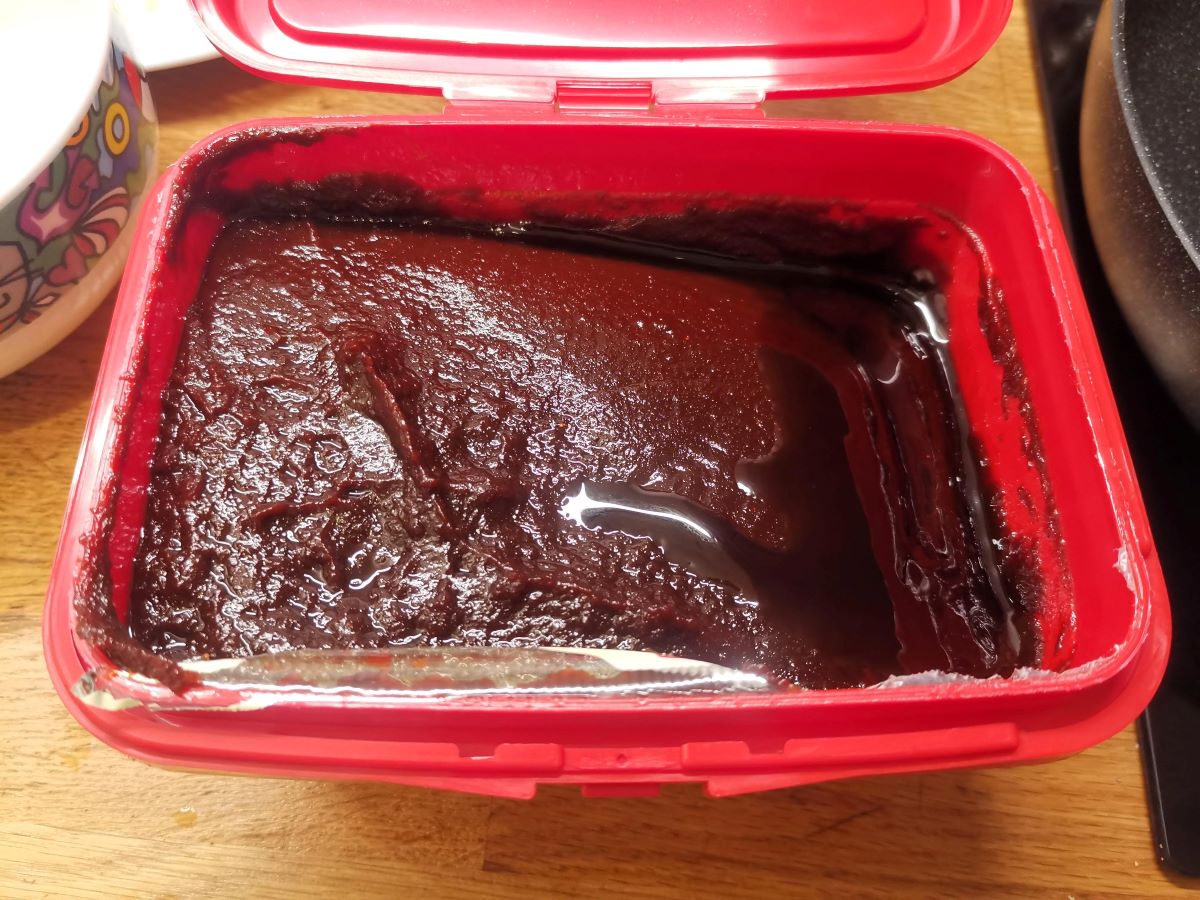

Articles
How To Store Gochujang
Modified: December 7, 2023
Learn how to properly store gochujang in this informative article. Keep your favorite Korean chili paste fresh and flavorful for longer with these easy tips.
(Many of the links in this article redirect to a specific reviewed product. Your purchase of these products through affiliate links helps to generate commission for Storables.com, at no extra cost. Learn more)
Introduction
Gochujang is a popular Korean condiment known for its spicy and savory flavor. It is made from fermented soybean paste, red chili powder, glutinous rice, and salt. This unique combination of ingredients gives gochujang its distinctive taste, making it a staple in Korean cuisine.
Proper storage of gochujang is essential to ensure its longevity and maintain its flavor and quality. Whether you have store-bought gochujang or homemade gochujang, knowing how to store it correctly will help extend its shelf life and prevent it from spoiling or losing its taste.
In this article, we will explore the different methods of storing gochujang, whether in the refrigerator or at room temperature. We will also provide tips on storing homemade gochujang and using gochujang before it expires. Let’s dive in and discover how to keep your gochujang fresh and flavorful for as long as possible.
Key Takeaways:
- Proper storage of gochujang is crucial to maintain its unique flavor, prevent spoilage, and extend its shelf life, whether refrigerated or stored at room temperature.
- Utilize gochujang before it expires by incorporating it into various recipes, mixing with other ingredients, and storing in smaller portions to fully enjoy its distinctive flavor.
Read more: How To Store Store-Bought Bread
What is Gochujang?
Gochujang is a traditional Korean chili paste that has been used in Korean cuisine for centuries. It is an integral part of many Korean dishes, adding a deep and complex flavor profile to soups, stews, marinades, sauces, and even as a dipping sauce.
Made from fermented soybean paste, red chili powder, glutinous rice, and salt, gochujang offers a unique combination of spicy, savory, tangy, and slightly sweet flavors. The fermentation process gives it a rich and robust taste, making it a favorite condiment among Koreans and food enthusiasts worldwide.
Gochujang is a versatile ingredient that can be used to add heat, depth, and complexity to a wide range of dishes. It is not just spicy but also adds a depth of flavor that enhances the overall taste of the dish. It is commonly used in dishes like bibimbap (a mixed rice bowl), tteokbokki (spicy rice cakes), jjigae (stews), bulgogi (marinated grilled meat), and kimchi (fermented vegetables).
This Korean chili paste is known for its vibrant red color and thick, paste-like consistency. The level of spiciness can vary depending on the brand or homemade recipe, with some gochujang being mild and others packing a fiery punch. If you prefer a milder flavor, look for gochujang labeled “mild” or “medium.” For those who enjoy the heat, there are extra spicy versions available as well.
Gochujang is not only loved for its taste but also for its nutritional benefits. It is rich in vitamins, minerals, and antioxidants, making it a healthy addition to your meals. The fermentation process of gochujang also introduces beneficial bacteria known as probiotics, which can support a healthy gut.
Now that we have a good understanding of what gochujang is, let’s explore the importance of proper storage to maintain its flavor and quality in the next section.
Why is proper storage important?
Proper storage of gochujang is crucial to maintain its flavor, quality, and longevity. Here are several reasons why proper storage is important:
1. Retaining flavor: Gochujang is known for its distinct flavor profile, combining spiciness, umami, and subtle sweetness. By storing gochujang correctly, you can preserve its unique taste and prevent it from degrading or developing off-flavors.
2. Preventing spoilage: Gochujang contains natural preservatives like salt and is fermented, which helps to inhibit the growth of harmful bacteria. However, improper storage conditions can still result in spoilage, leading to mold growth or an unpleasant odor. By storing gochujang properly, you can minimize the risk of spoilage and ensure its safety for consumption.
3. Extending shelf life: Proper storage can extend the shelf life of gochujang, allowing you to enjoy it for a longer period. Store-bought gochujang typically comes with a printed expiration date, but by taking proper storage precautions, you can potentially extend its usability beyond that date.
4. Maintaining quality: Exposure to air, moisture, and temperature fluctuations can affect the quality of gochujang. It may cause the paste to dry out, lose its vibrant color, or become excessively watery. By storing it correctly, you can preserve its texture, consistency, and overall quality.
5. Cost-effectiveness: Gochujang is not only a delicious condiment but it can also be a bit pricey, especially if you opt for high-quality or artisanal versions. Proper storage ensures that you get your money’s worth by keeping the gochujang fresh and flavorful, minimizing waste and the need for frequent repurchases.
Whether you have store-bought gochujang or homemade gochujang, knowing how to store it properly will ensure that you can enjoy its full flavor and quality for an extended period. In the following sections, we will explore different methods of storing gochujang, including refrigeration and room temperature storage, to help you make informed decisions about how to store your gochujang effectively.
Tips for Storing Gochujang
Proper storage of gochujang is essential to maintain its freshness and quality. Follow these tips to ensure that your gochujang stays flavorful and ready to use:
1. Seal it tightly: Whether you have an unopened jar of store-bought gochujang or a homemade batch, make sure to seal it tightly after each use. Properly sealing the container prevents air and moisture from entering, which can lead to spoilage or drying out of the paste.
2. Store in a cool and dark place: Gochujang should be stored in a cool and dark place to maintain its flavor and prevent it from overheating or exposure to light. Ideally, find a spot in your pantry or kitchen cupboard away from direct sunlight and heat sources such as the stove or oven.
3. Keep away from strong odors: Gochujang, although already flavorful, can absorb strong odors from other foods in the vicinity. To preserve its original taste, store it away from strong-smelling ingredients like garlic, onions, or spices.
4. Consider the expiration date: Check the expiration date on the container of store-bought gochujang and keep track of when you opened it. While gochujang can often be used past its expiration date, it is still essential to keep an eye on how long it has been open. Proper storage can prolong its usability, but it’s a good practice to use it within a reasonable timeframe.
5. Use clean utensils: Make sure to use clean and dry utensils or spoons every time you scoop out gochujang from the container. Avoid using wet or dirty utensils, as this can introduce moisture or contaminants that can spoil the paste.
6. Avoid cross-contamination: If you use a utensil to spread gochujang onto bread or dip into a dish, refrain from double-dipping it back into the container. This can lead to cross-contamination and introduce harmful bacteria.
By following these tips, you can ensure that your gochujang stays fresh, flavorful, and safe to consume. Now let’s explore the two primary storage methods for gochujang: refrigeration and room temperature storage.
Storing Gochujang in the Refrigerator
Refrigeration is one of the most common methods for storing gochujang to maintain its freshness and extend its shelf life. Here’s how you can store gochujang in the refrigerator:
1. Transfer to an airtight container: If your gochujang comes in a plastic or paper container, it is best to transfer it to an airtight container before storing it in the refrigerator. A glass jar or airtight plastic container with a tight-fitting lid works well for this purpose. This helps to prevent air exposure and keeps the gochujang fresh.
2. Label the container: It’s a good practice to label the container with the date you transferred the gochujang to ensure you can keep track of its freshness. This way, you can monitor how long it has been stored in the refrigerator.
3. Place in the refrigerator door or main compartment: Gochujang can be stored in either the door compartment or the main compartment of the refrigerator. However, keep in mind that the door compartment experiences slight temperature fluctuations due to frequent opening and closing, so it may not be the most optimal spot. The main compartment, where the temperature remains more stable, is a better choice for long-term storage.
4. Avoid storing near strong-smelling foods: While refrigerated, gochujang can still absorb odors from adjacent foods. To preserve its original flavor, store it away from strong-smelling ingredients like onions, garlic, or fish.
5. Check for signs of spoilage: Periodically check the gochujang for any signs of spoilage, such as mold growth, off odor, or significant changes in texture or color. If you notice any of these signs, discard the gochujang immediately.
By storing gochujang in the refrigerator, you can extend its shelf life for several months, depending on the quality and freshness of the paste. However, keep in mind that refrigeration may cause gochujang to thicken slightly due to the cold temperature. Allow it to come to room temperature before using to restore its original consistency.
In the next section, we will explore the alternative method of storing gochujang at room temperature.
Store gochujang in an airtight container in the refrigerator to maintain its freshness and flavor. Be sure to keep it away from moisture and direct sunlight to prolong its shelf life.
Read more: How To Store Basil From Grocery Store
Storing Gochujang at Room Temperature
While refrigeration is a common method for storing gochujang, it is also possible to store it at room temperature. Here are some guidelines for storing gochujang at room temperature:
1. Choose a cool and dark location: Find a cool and dark spot in your pantry or kitchen cupboard to store the gochujang. It should be away from direct sunlight, heat sources, and excessive humidity. A consistently cool environment will help maintain the quality of the paste.
2. Keep it sealed: Whether you have an unopened store-bought gochujang or a homemade batch, make sure to keep the container tightly sealed. This prevents air exposure and helps preserve the freshness of the gochujang.
3. Monitor the environment: Room temperature storage is suitable in moderate climates where the temperature remains stable. If you live in a hot and humid environment, it is recommended to refrigerate gochujang to prevent spoilage.
4. Check periodically for signs of spoilage: Regularly inspect the gochujang for any signs of spoilage, such as mold growth, unpleasant odor, or unusual texture or color. If you notice any of these signs, discard the gochujang immediately.
5. Use within a reasonable timeframe: Gochujang stored at room temperature may have a shorter shelf life compared to refrigerated gochujang. It is recommended to use it within a few months to ensure its freshness and optimal flavor.
Storing gochujang at room temperature can be convenient if you have limited refrigerator space or if the climate is suitable. However, keep in mind that room temperature storage may result in a slightly quicker degradation of the gochujang’s quality compared to refrigeration. It is essential to monitor the paste closely and use it within a reasonable timeframe.
Now that we have covered both refrigeration and room temperature storage methods, let’s move on to discussing the storage of homemade gochujang in the next section.
Storing Homemade Gochujang
If you’ve made your own batch of delicious homemade gochujang, proper storage is crucial to maintain its quality and flavor. Here are some tips for storing homemade gochujang:
1. Transfer to a sterilized container: After making homemade gochujang, transfer it to a sterilized glass jar or airtight container. Sterilizing the container helps prevent the growth of harmful bacteria and keeps the gochujang fresh for a longer period.
2. Apply a layer of oil: To create an additional barrier against air exposure, you can pour a thin layer of oil, such as vegetable or sesame oil, on top of the gochujang. This layer acts as a seal and helps prevent oxidation.
3. Seal the container tightly: After filling the jar or container with homemade gochujang, ensure that it is tightly sealed to prevent air from entering. Make sure the lid is secure and that there are no gaps that could potentially expose the gochujang to air or moisture.
4. Store in the refrigerator: Although some homemade gochujang recipes may suggest room temperature storage, it is generally advisable to refrigerate homemade gochujang to maintain its freshness and prevent spoilage. Refrigeration helps inhibit bacterial growth and extends the shelf life of the homemade condiment.
5. Use within a reasonable timeframe: Homemade gochujang may not have the same preservatives or processing as commercially produced gochujang. Therefore, it is recommended to use your homemade creation within a few months. Monitor the texture, color, and smell of the gochujang periodically to ensure it remains fresh and safe to consume.
6. Consider freezing: If you have made a large batch of homemade gochujang and want to store it for an extended period, freezing is an option. Transfer the gochujang into freezer-safe containers or ice cube trays, leaving some space for expansion, and store it in the freezer. Frozen gochujang can last for several months, but keep in mind that the texture may change slightly upon thawing.
By following these tips, you can ensure that your homemade gochujang retains its flavors and quality for as long as possible. Just remember to practice good hygiene when preparing and transferring the gochujang to maintain its safety and longevity.
In the next section, we will discuss how to use gochujang before it expires to fully enjoy its distinct flavor.
Using Gochujang Before It Expires
Gochujang, like any other food product, has a limited shelf life. It is important to use gochujang before it expires to ensure its optimal flavor and quality. Here are some tips on utilizing gochujang effectively:
1. Check the expiration date: Before using gochujang, always check the expiration date printed on the container. This date indicates the recommended period for consuming the gochujang while it is at its freshest. Be mindful of the expiration date and try to use the gochujang before it expires.
2. Incorporate into various recipes: Gochujang is a versatile condiment that can enhance the flavor of a wide range of dishes. Experiment with different recipes to incorporate gochujang into your cooking. You can use it in marinades for meats, add it to soups and stews, stir it into fried rice or noodles, or even use it as a dipping sauce for vegetables or grilled meats.
3. Start with small amounts: Gochujang is known for its spicy kick, so if you are unfamiliar with its heat level, start by adding small amounts to your dishes. You can always adjust the quantity according to your personal preference as you become more accustomed to the spice.
4. Mix with other ingredients: Gochujang can be blended with other ingredients to create delicious sauces, dressings, or spreads. Mix it with soy sauce, sesame oil, garlic, or honey to create a versatile gochujang-based sauce that can be used for dipping or as a marinade.
5. Use it as a condiment: Gochujang can be paired with a variety of foods as a standalone condiment. Try spreading a thin layer of gochujang on sandwiches, burgers, or wraps to add a spicy and savory touch. It can also be used as a dipping sauce for fried foods, dumplings, or even mixed with mayonnaise for a flavorful dip.
6. Store in smaller portions: If you have a large container of gochujang, consider transferring it into smaller portions to maintain its freshness. This way, you can use one container at a time and minimize the exposure of the rest of the gochujang to air and moisture.
By utilizing gochujang in your cooking and incorporating it into various recipes, you can fully enjoy its unique flavor profile before it reaches its expiration date. Get creative in the kitchen and explore the versatility of gochujang in different culinary creations.
In the concluding section, we will summarize the importance of proper gochujang storage and its impact on maintaining its flavor and quality.
Conclusion
Proper storage is essential when it comes to maintaining the flavor, freshness, and quality of gochujang. Whether you have store-bought gochujang or have made your own homemade batch, following the right storage methods can ensure that this beloved Korean condiment stays delicious for as long as possible.
By sealing the container tightly, storing gochujang in a cool and dark place, and avoiding exposure to air, moisture, and strong odors, you can preserve the taste and integrity of gochujang. The storage method you choose, whether refrigeration or room temperature, depends on factors such as the climate you live in and personal preference.
Homemade gochujang requires extra attention, including transferring it to sterilized containers, sealing tightly, and considering refrigeration. This will help extend its shelf life and maintain its optimum quality.
It is important to use gochujang before it expires to fully enjoy its distinctive flavor. Incorporate gochujang into various recipes, mix it with other ingredients to create flavorful sauces, and use it as a versatile condiment to elevate your meals. Starting with small amounts and adjusting to the level of spiciness allows you to appreciate the unique heat that gochujang provides.
By following these tips and guidelines, you can savor gochujang and elevate your dishes with its spicy, savory, and complex flavors. Keep in mind the expiration dates and storage recommendations to make the most of this beloved Korean chili paste.
Proper storage ensures that gochujang remains fresh, flavorful, and safe to consume. So, make sure to seal it tightly, store it in the right environment, and utilize it in your cooking endeavors. Enjoy the incredible taste of gochujang and the gastronomic experiences it brings to your table.
Frequently Asked Questions about How To Store Gochujang
Was this page helpful?
At Storables.com, we guarantee accurate and reliable information. Our content, validated by Expert Board Contributors, is crafted following stringent Editorial Policies. We're committed to providing you with well-researched, expert-backed insights for all your informational needs.




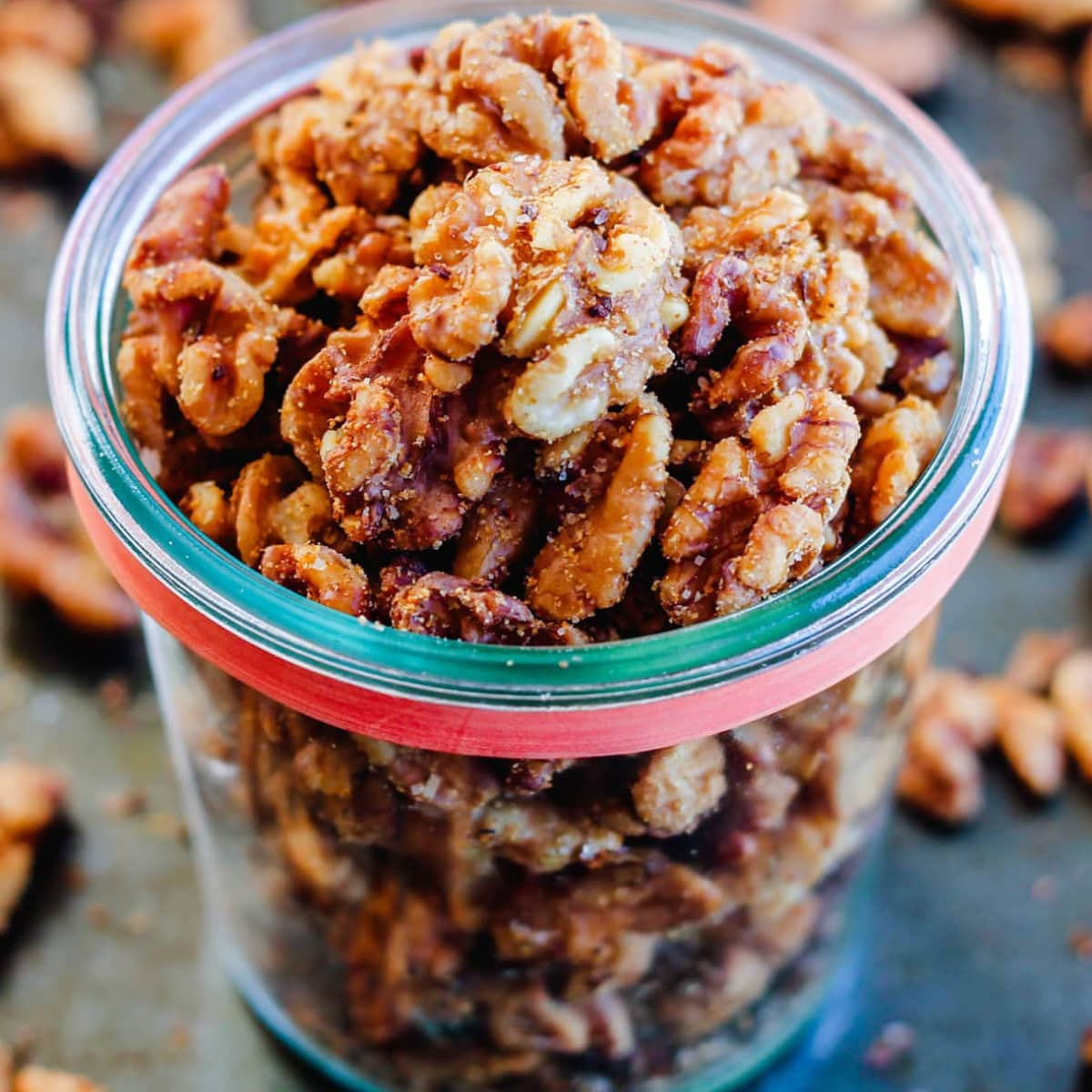
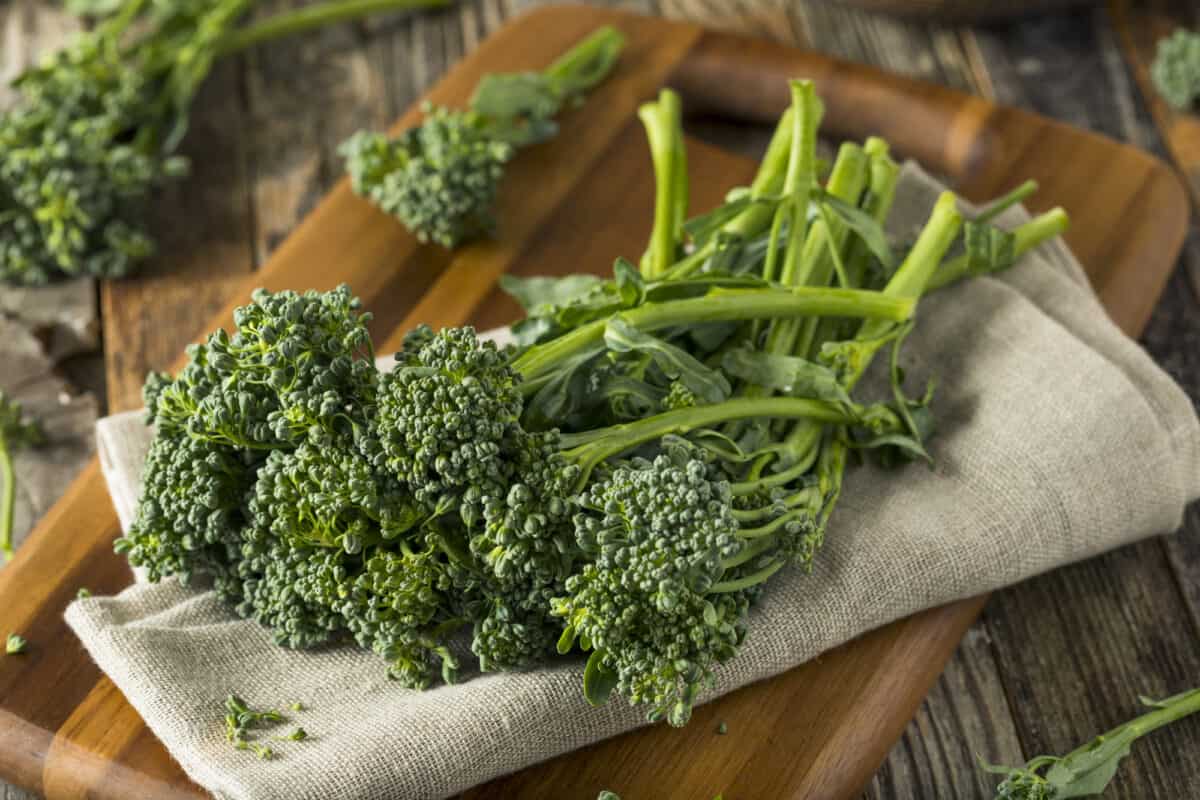
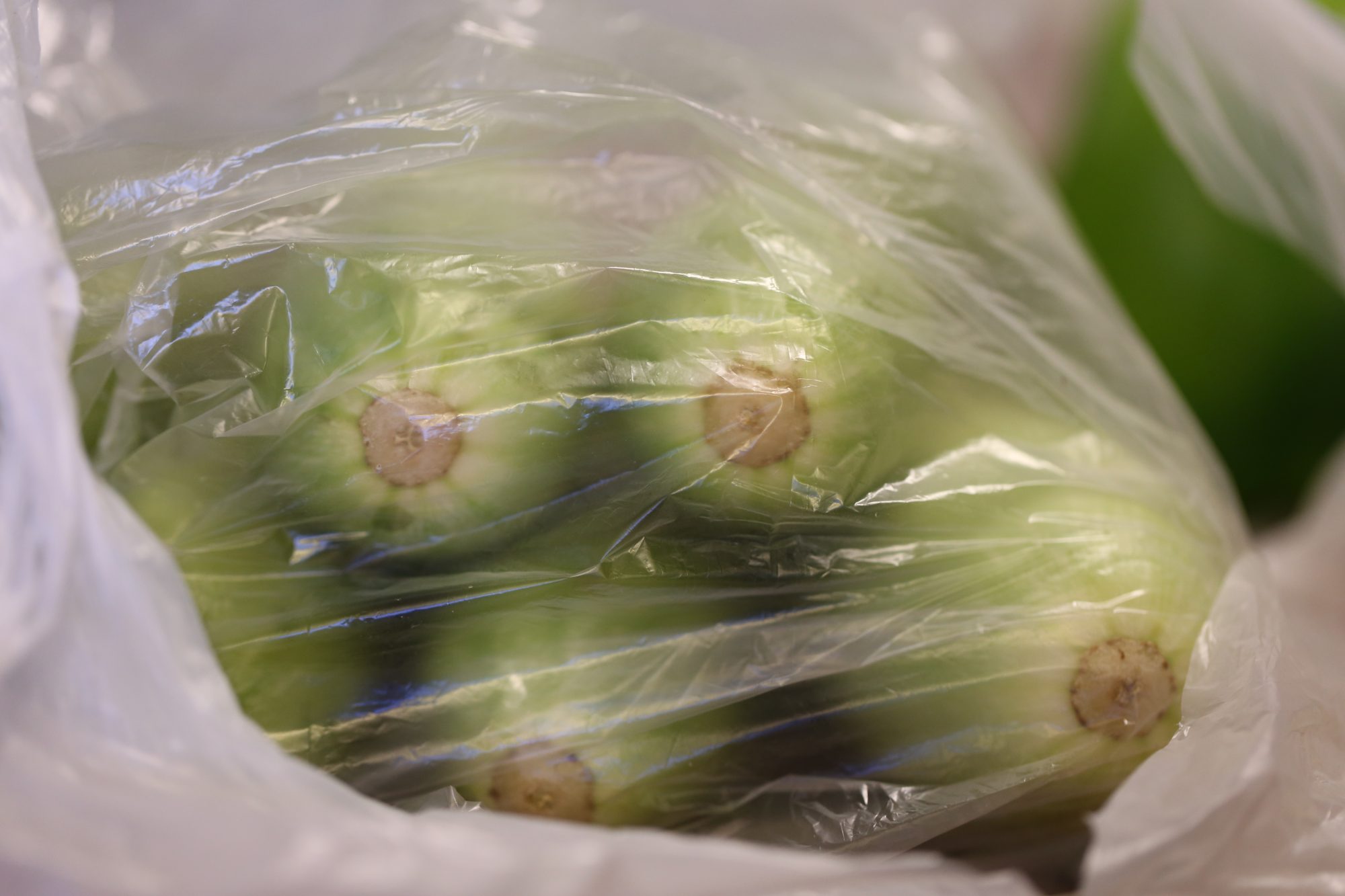


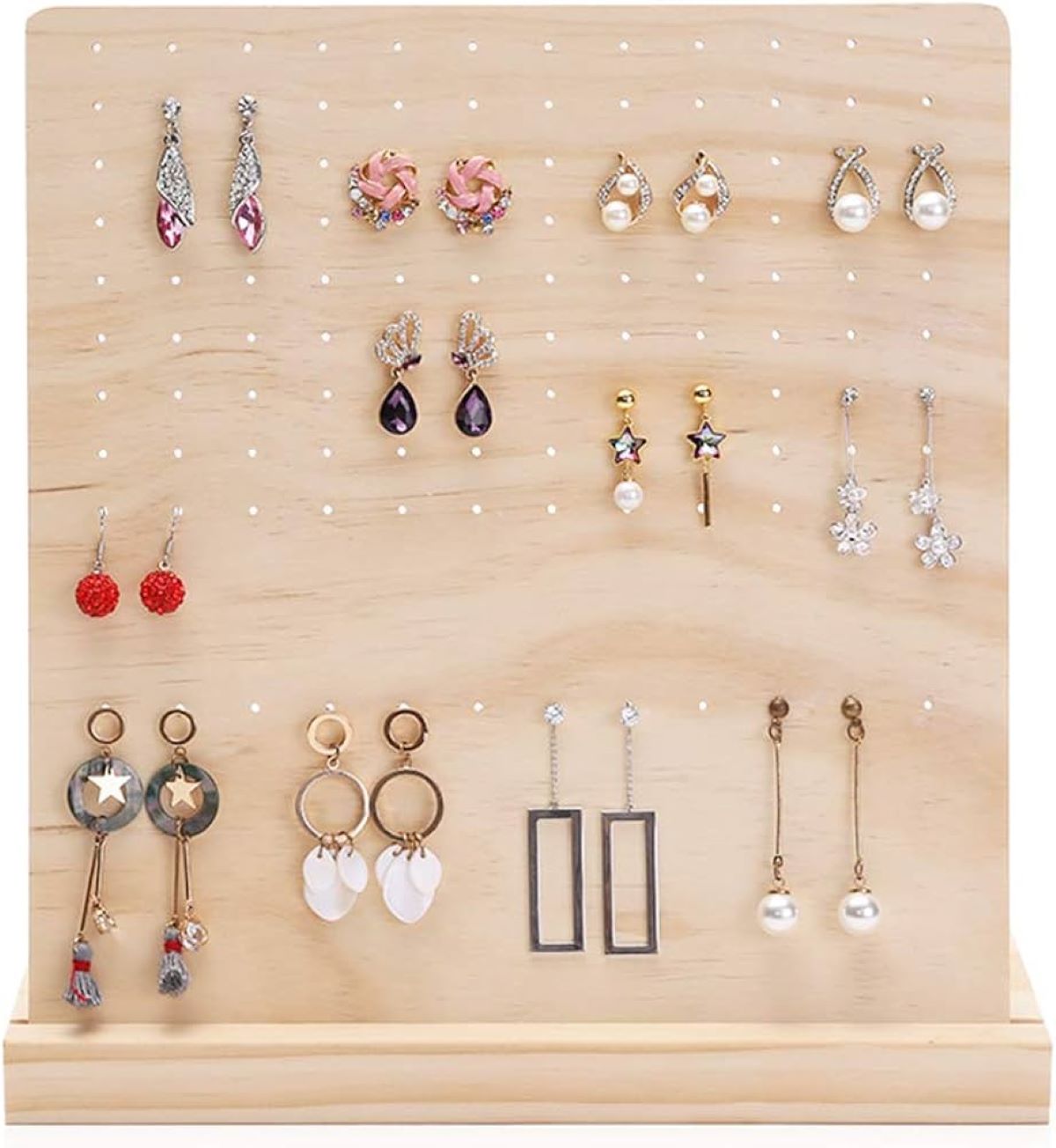

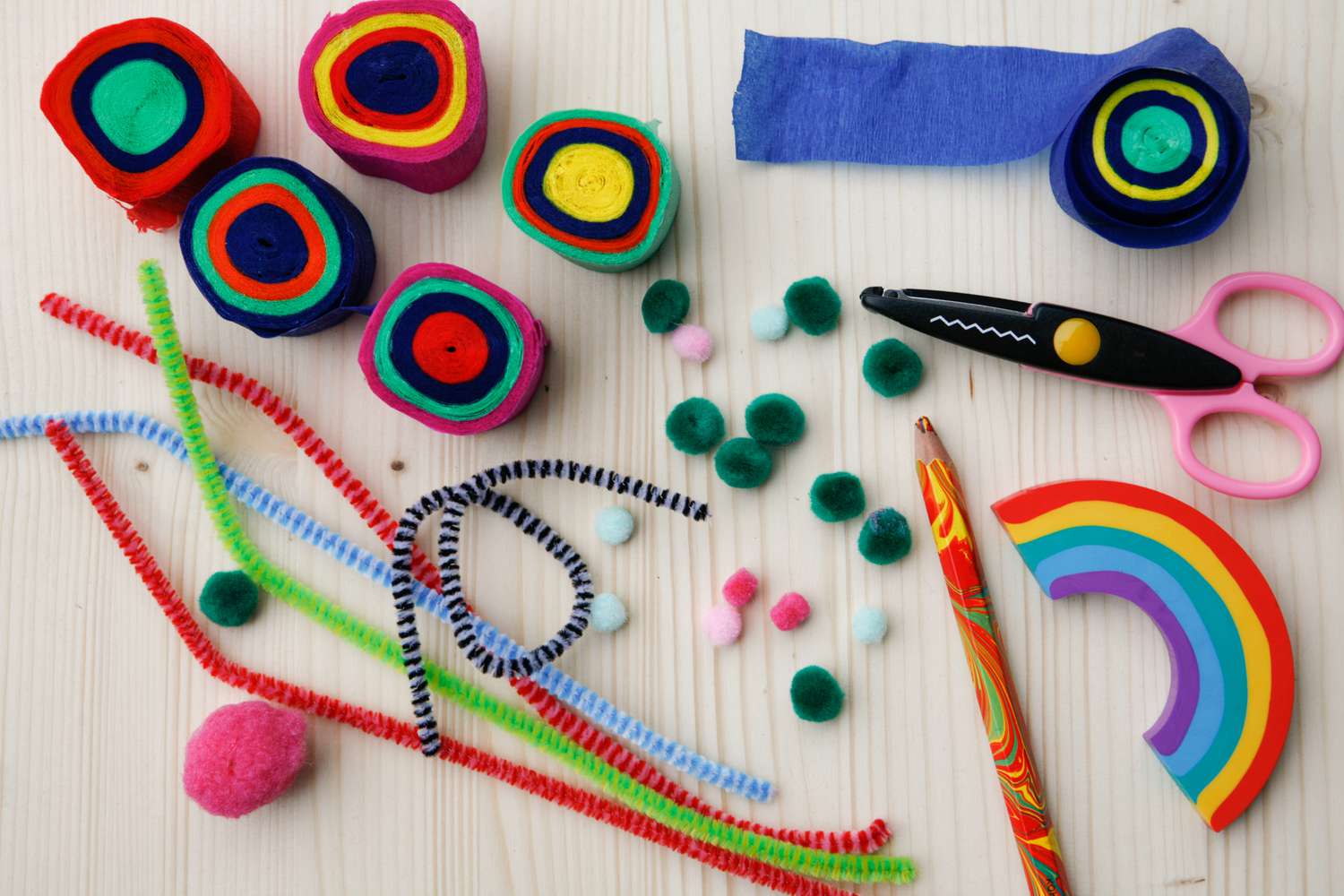



0 thoughts on “How To Store Gochujang”